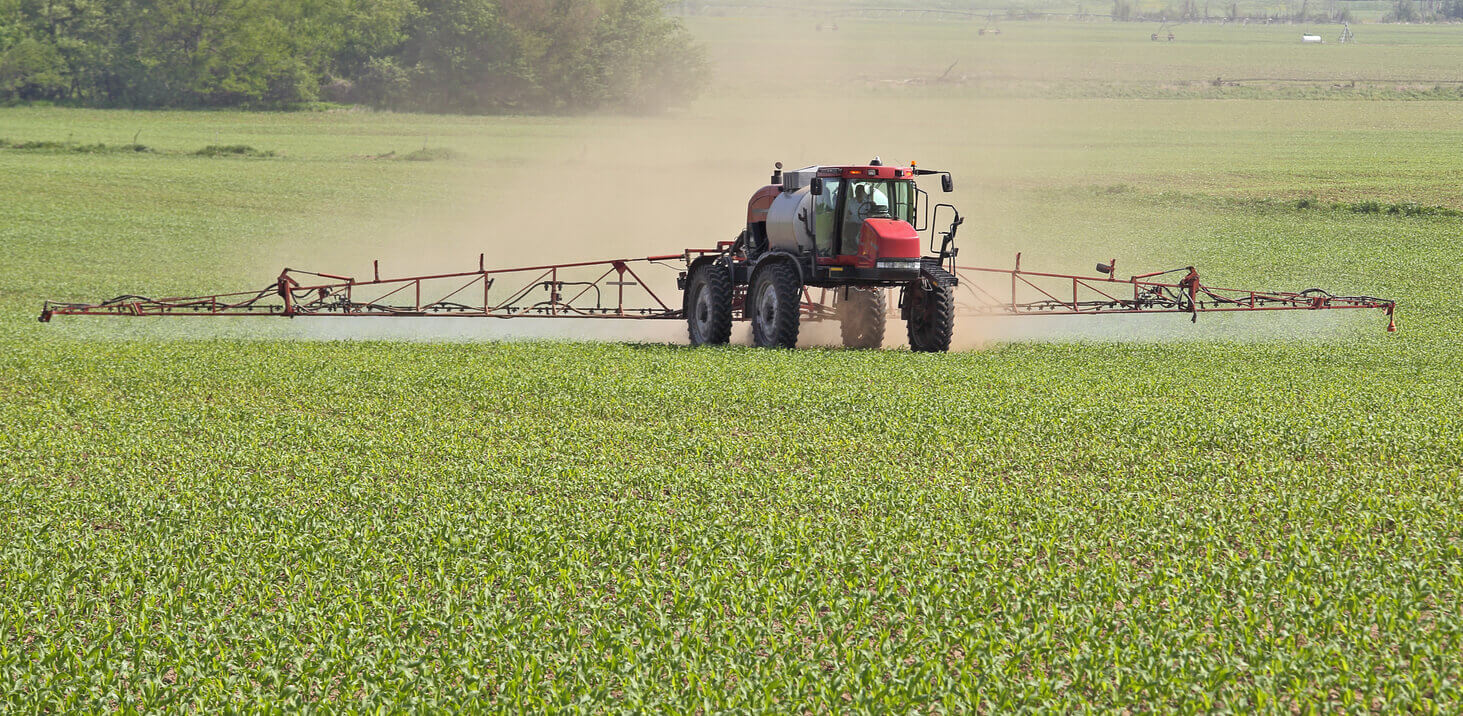Choosing The Right Adjuvant For Your Post-Emergence Herbicide Application
May 17, 2021

With planting season underway , post-emergence herbicide applications are right around the corner.
Dicamba Herbicides
Dicamba cropping systems require a volatility reduction agent (VRA) and a drift reduction agent (DRA) , but herbicide efficacy and placement need to also be addressed.OnTarget™ is a DRA formulated specifically for dicamba herbicides and reduces driftable fines while allowing less pump shear than any other DRA on the market.
InterLock® is the premier deposition aid , canopy penetrant , and drift reducer to make sure that your AI gets the coverage and penetration needed for best coverage possible.
Class Act® Ridion® is a non AMS adjuvant that still ties up harmful cations to increase efficacy. It is approved for all dicamba herbicides.
Contact your GreenPoint Ag rep for the adjuvants and VRA’s that will give you the best ROI on your herbicide application.
Enlist Herbicides
Make the most of your post-emergence herbicide applications for Enlist Cotton and soybeans by using the tank mix additions that optimize placement and activity. For an Enlist One or Enlist Duo application , talk to your GreenPoint Ag representative about the following adjuvants for the best outcome on your acres:InterLock® deposition aid and drift reducer keeps droplet size consistent with fewer fines , helps penetrate the plant canopy for better coverage , and gives better surface area contact to improve efficacy.
Class Act® NG® with pre-dissolved AMS conditions the water while also improving herbicide uptake for faster efficacy.
For applications where an MSO is needed , StrikeLock® is the adjuvant of choice. Containing an oil based drift and deposition aid along with high surfactant oil concentrate , this product offers unsurpassed efficacy for herbicide applications requiring an MSO.